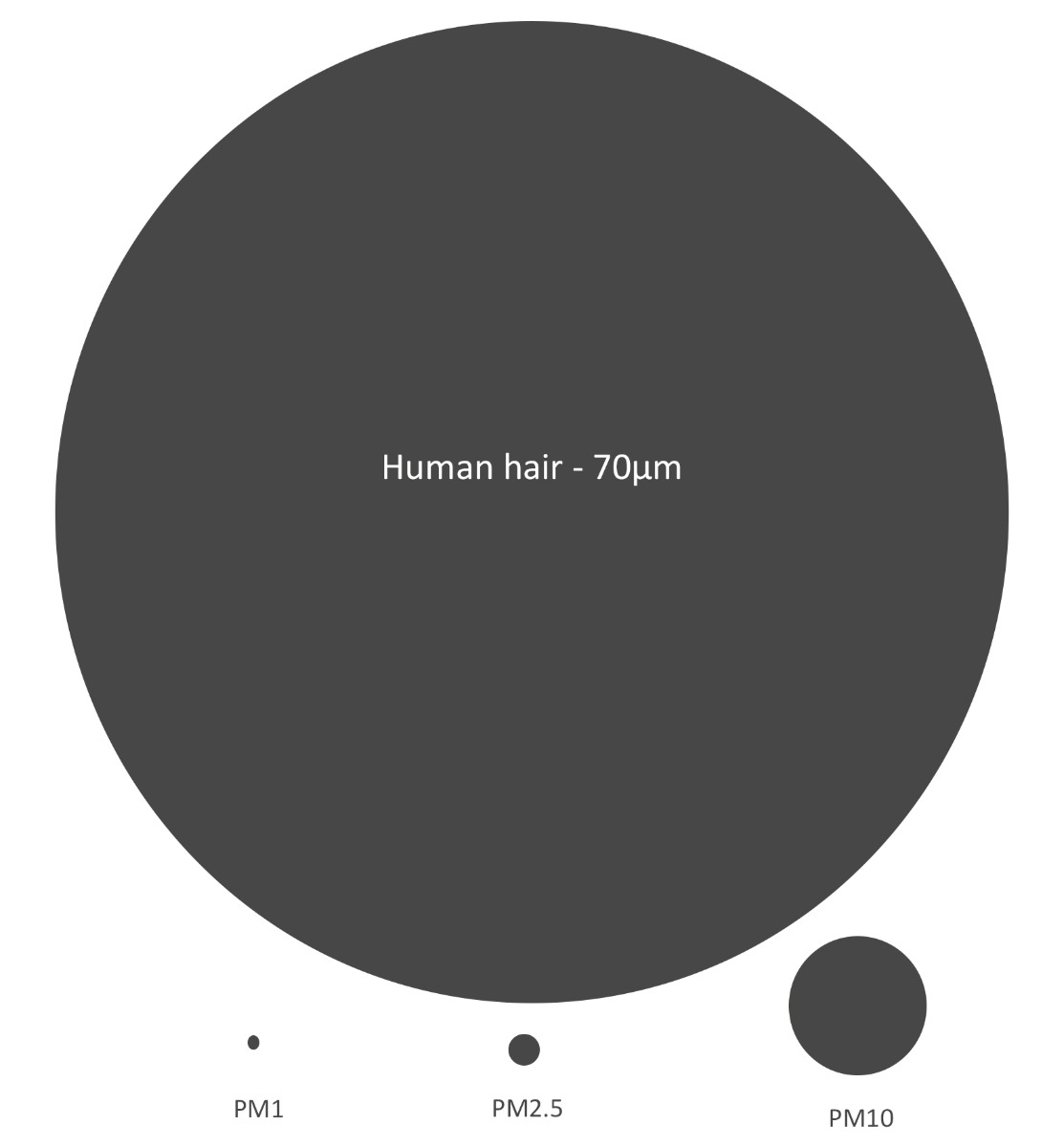What is MVHR filtration ISO-16890?
What is MVHR Filtration ISO-16890?
ISO 16890 is a new standard for testing and rating air filters for ventilation systems. This standard replaces the older EN799 standard from 2012. The previous EN799 standard outlined the minimum efficiency for filters graded F7-F9. It was set to drive the air filter market to offer improved levels of filtration in filters and therefore improving the air quality provided by the filters. EN779 only measured 0,4μm, whereas ISO 16890 measures takes into consideration particles sized from 10μm to 0.3μm, ISO16890 focuses more on the particles themselves rather than the graded filter, it also takes coarse dust into consideration.
ISO16890 came into place on the 1st of J

What is MVHR Filtration ISO-16890?
ISO 16890 is a new standard for testing and rating air filters for ventilation systems. This standard replaces the older EN799 standard from 2012. The previous EN799 standard outlined the minimum efficiency for filters graded F7-F9. It was set to drive the air filter market to offer improved levels of filtration in filters and therefore improving the air quality provided by the filters. EN779 only measured 0,4μm, whereas ISO 16890 measures takes into consideration particles sized from 10μm to 0.3μm, ISO16890 focuses more on the particles themselves rather than the graded filter, it also takes coarse dust into consideration.
ISO16890 came into place on the 1st of July 2018, from coming into place it has out ruled out the En799 standard.
ISO 16890 concerns the testing of filters that is used in ventilation systems. This standard has been designed to inform people about the effects of fine particles in the air especially inside the home. Having a knowledge of fine particles help raise awareness about indoor air quality and in turn measures can be taken to improve this.
Find out more on the International Organisation for Standardisation website.
What is an ISO?
An ISO is created by the International Organisation for Standardisation, and their business tag line is ‘When the World Agrees’. ISO creates documents that provide requirements, guidelines, specifications and characteristics that are used worldwide to make sure that products, services and processes are fit for their purpose. These documents are applicable worldwide and are used by all companies to ensure their products or services are safe and work well on a global standard.
As of August 2018, there are currently 22263 international standards that have been created by the International Organisation for Standardisation. There are many different categories and groups of standards, but when focusing on Ventilation and heat recovery, the ISOs that we cover the most are in the category of ventilation and Air Condition Systems. This category covers things from fire containment, fire resistance, filter tests, cleaning, and many more! All these standards ensure that products are reliable and safe. Other ISO standards for ventilation also come under Installations in buildings, for example ISO 91.140.30 is the standards for installation of ventilation and air-conditioning systems, including ventilation ducts, ventilation and air conditioners.
What is Particulate Matter?
This new standard focuses on different fine particulate matter (PM) in three different sizes – PM1, PM2.5 and PM10. The different particle sizes are measured on the filter’s energy charged and discharge into static electricity. Filters are tested on the efficiency of filtration against these particles. 1 μ (micron) is equal to one thousand of a millimetre.

- PM10 – 1/5th of a strand of hair, an average strand of human hair is 50-70 μm. PM10 particles are likely to be deposited in the nose and throat area.
- PM2.5 – small particulars of bacteria, pollen and mould spores. PM2.5 particles are likely to travel within the trachea, bronchia and might even reach the bronchioles.
- PM1 – small nanoparticles that can reach as far is the alveoli in the lungs.
The smaller that a particle of dirt, dust or matter is, the more harmful it can be, this is particularly important when these particles are breathed in. The smaller that a particle is, the more likely it is to travel further within the lungs. Particles that are small enough can find their way through cell membranes in the alveoli into the blood stream. Fine particles have more risk of adding to cardiovascular disease and may also have adverse effects of the human nervous system.
Understandably – the more efficient a filter is against PM1, the better your indoor air quality will be!
What Filters Should I Use?
At BPC we stock a range of different filters for many different heat recovery systems! These include filters such as G3, F7, M5, pollen filters and filters can come singularly or in sets.

We stock a range of filters from manufacturers including:
- Vent Axia
- Airflow
- Xpelair
- Nuaire
- Mitsubishi
Most manufactures are now achieving filtration level of PM2.5 with using F7 pollen filters.
Our range of Caladair commercial heat recovery units have filters that filter even the finest of particles to be able to provide the best indoor air quality for you.

Some filters are cleanable, and some must be replaced. For your ventilation system to be running to the best of its ability by providing the best indoor air quality, filters must be changed at least once every 6-12 months, and changed more frequent if you live in area with more air pollution or if you have pets. See our filter range.
Contact Us
If you are unsure what filters your system requires check do not hesitate to contact our Technical and Sales team on 028 2827 5150.
BPC specialise in domestic and commercial heat recovery and ventilation solutions. We can design, supply and install your system for you!
For more information on how our systems work, call our sales and technical teams on 028 2827 5150, or for more information visit our website to check out our knowledge centre or explore our range of products!

